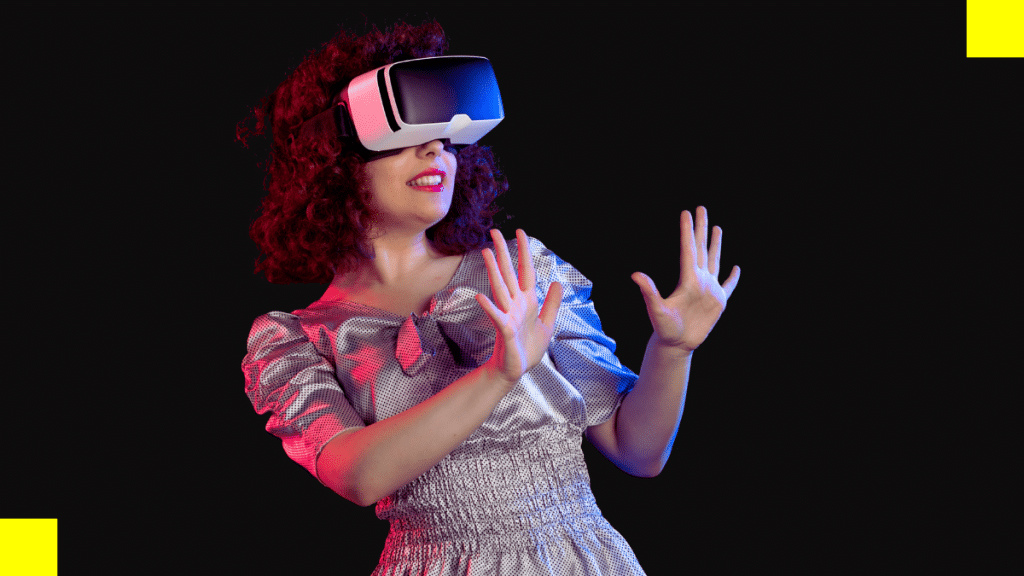Virtual reality (VR) has revolutionized digital interaction, providing users with immersive and interactive environments. While single-user VR experiences offer engaging virtual worlds, multi-user VR presents additional layers of complexity. Developers face significant technical challenges when designing seamless multi-user experiences. These challenges span networking, real-time data synchronization, latency reduction, hardware limitations, user interactions, and security concerns. Understanding these hurdles is crucial for advancing VR software development and creating engaging multi-user environments.
1. Networking and Real-Time Communication
Multi-user VR experiences rely on networking infrastructure to enable real-time communication between users. Unlike traditional online multiplayer games, where minor latency issues can be tolerated, VR requires ultra-low latency to maintain immersion. Lag, jitter, and packet loss can break synchronization, causing visual and interactive inconsistencies.
To address this, developers use networking models such as client-server, peer-to-peer, or hybrid architectures. The client-server model offers centralized control but requires robust server capabilities to handle numerous simultaneous users. Peer-to-peer networking, while reducing server load, presents security risks and synchronization challenges. A hybrid approach can balance these concerns, optimizing data distribution while maintaining real-time performance.
2. Latency and Synchronization Challenges
Latency is a critical factor in multi-user VR. Even a delay of a few milliseconds can disrupt immersion, making interactions appear unnatural. Latency issues arise from factors such as hardware limitations, network congestion, and processing bottlenecks.
To combat this, developers employ predictive algorithms, dead reckoning, and interpolation techniques. Predictive modeling anticipates user movements based on past data, ensuring smoother interactions. However, excessive prediction can lead to unnatural behavior if discrepancies occur. Interpolation techniques help align data updates, reducing inconsistencies between users.
3. Spatial Mapping and Shared Environments
A crucial aspect of multi-user VR is maintaining consistent spatial mapping across different users. Virtual environments must remain synchronized so that all participants perceive objects and interactions identically. This requires real-time spatial anchoring and synchronization techniques.
Technologies such as spatial anchors and cloud-based persistence help retain object positions across sessions. However, hardware discrepancies and variations in tracking systems can introduce inconsistencies. Cross-platform standardization and enhanced calibration techniques can help mitigate these issues, ensuring a uniform experience for all users.
4. Hardware and Device Compatibility
Multi-user VR experiences must accommodate various hardware configurations, including standalone VR headsets, PC-based systems, and motion-tracking accessories. Each device has different processing power, tracking capabilities, and input methods, making cross-device compatibility a challenge.
To tackle this, developers optimize VR applications by implementing adaptive graphics settings and device-specific interaction models. Cloud rendering can offload processing tasks, allowing lower-end devices to participate in high-fidelity VR environments. However, this approach introduces additional latency concerns that must be carefully managed.
5. User Interaction and Avatar Representation
In multi-user VR, realistic and responsive avatars enhance immersion. However, capturing and replicating body language, facial expressions, and gestures in real time presents technical difficulties. Motion tracking systems, such as full-body trackers and eye-tracking sensors, help create lifelike avatars, but their accuracy varies across different devices.
Standardizing avatar movement and implementing inverse kinematics (IK) can improve realism. AI-driven animation techniques can also enhance avatar expressiveness, compensating for tracking limitations. However, balancing realism with performance efficiency remains a persistent challenge.
6. Data Security and Privacy Concerns
As multi-user VR environments handle large volumes of personal data, including movement patterns, voice data, and biometric inputs, security is a significant concern. Unauthorized access, data breaches, and identity spoofing pose risks to users and developers alike.
End-to-end encryption, decentralized authentication, and blockchain-based identity verification are emerging solutions for securing multi-user VR spaces. Developers must also implement strict user consent policies and ensure compliance with data protection regulations, such as GDPR and CCPA, to safeguard user information.
7. Bandwidth and Data Management
Multi-user VR generates a high volume of data, including real-time positional updates, voice communication, and shared environment interactions. Managing this data efficiently without overloading network bandwidth is a crucial challenge.
Compression techniques, level-of-detail (LOD) optimization, and edge computing can help reduce data transfer loads. Efficient data packet management, including prioritizing critical updates over less essential ones, ensures smoother performance. Cloud-based VR solutions also offer scalable infrastructure for handling large user bases, but cost and latency implications must be considered.
8. Cross-Platform Integration
Many VR applications aim to provide cross-platform compatibility, allowing users on different VR systems to interact seamlessly. However, differences in hardware capabilities, input methods, and operating systems create integration challenges.
Standardized APIs, such as OpenXR, help bridge the gap between various VR platforms. Middleware solutions also facilitate cross-platform functionality, ensuring consistency in user interactions. However, achieving seamless integration without compromising performance remains an ongoing challenge.
Conclusion
Creating multi-user VR experiences is a complex endeavor that requires addressing numerous technical challenges. Networking, latency, hardware compatibility, user interactions, security, and bandwidth management all play crucial roles in delivering immersive and seamless experiences. As VR software development continues to evolve, advancements in AI, cloud computing, and real-time rendering will drive improvements in multi-user VR environments. By overcoming these hurdles, developers can unlock new possibilities for social interaction, collaboration, and immersive digital experiences in the virtual world.
